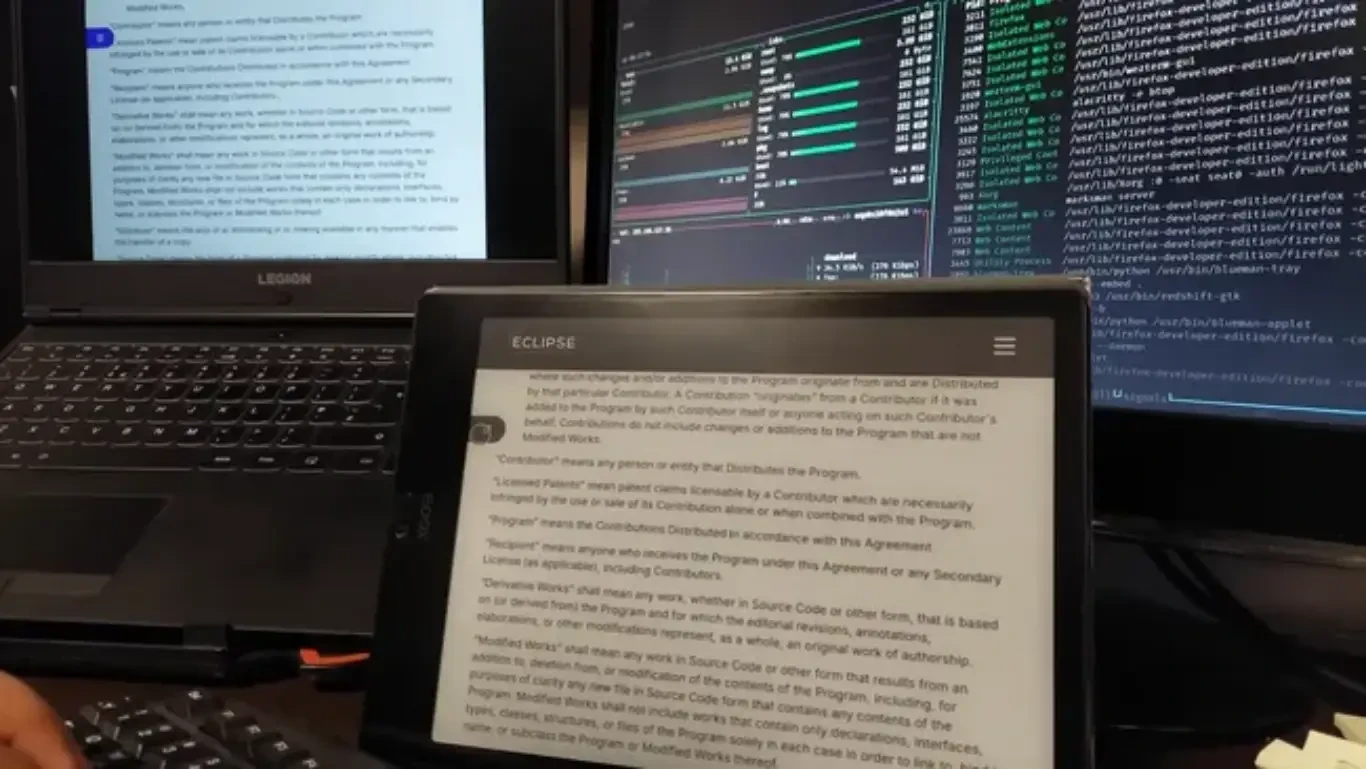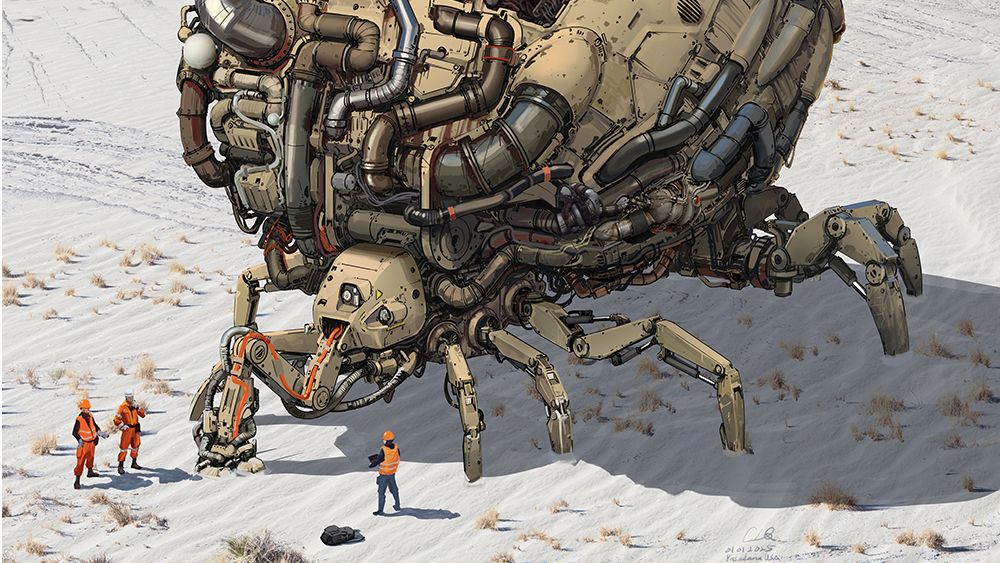Unlock the secrets of development efficiency with our latest talk at Unite 2025!
In "Reusable technology: Saving development time with shared Unity plug-ins and SDKs," I delve into my journey as a lead software engineer at Ubisoft. Discover how our mobile game teams are transforming collaboration and productivity through innovative Unity plugins and SDKs. I’ll share the best practices we’ve established, as well as the challenges we’ve overcome to support diverse projects.
This video is a must-watch for anyone in the game development space looking to enhance their workflow!
Check it out here: https://www.youtube.com/watch?v=uIio5XR4qko
#Unity #Unite2025 #GameDevelopment #SoftwareEngineering #DevelopmentEfficiency
In "Reusable technology: Saving development time with shared Unity plug-ins and SDKs," I delve into my journey as a lead software engineer at Ubisoft. Discover how our mobile game teams are transforming collaboration and productivity through innovative Unity plugins and SDKs. I’ll share the best practices we’ve established, as well as the challenges we’ve overcome to support diverse projects.
This video is a must-watch for anyone in the game development space looking to enhance their workflow!
Check it out here: https://www.youtube.com/watch?v=uIio5XR4qko
#Unity #Unite2025 #GameDevelopment #SoftwareEngineering #DevelopmentEfficiency
🚀 Unlock the secrets of development efficiency with our latest talk at Unite 2025!
In "Reusable technology: Saving development time with shared Unity plug-ins and SDKs," I delve into my journey as a lead software engineer at Ubisoft. Discover how our mobile game teams are transforming collaboration and productivity through innovative Unity plugins and SDKs. I’ll share the best practices we’ve established, as well as the challenges we’ve overcome to support diverse projects.
This video is a must-watch for anyone in the game development space looking to enhance their workflow!
Check it out here: https://www.youtube.com/watch?v=uIio5XR4qko
#Unity #Unite2025 #GameDevelopment #SoftwareEngineering #DevelopmentEfficiency

0 Comentários
·0 Compartilhamentos








